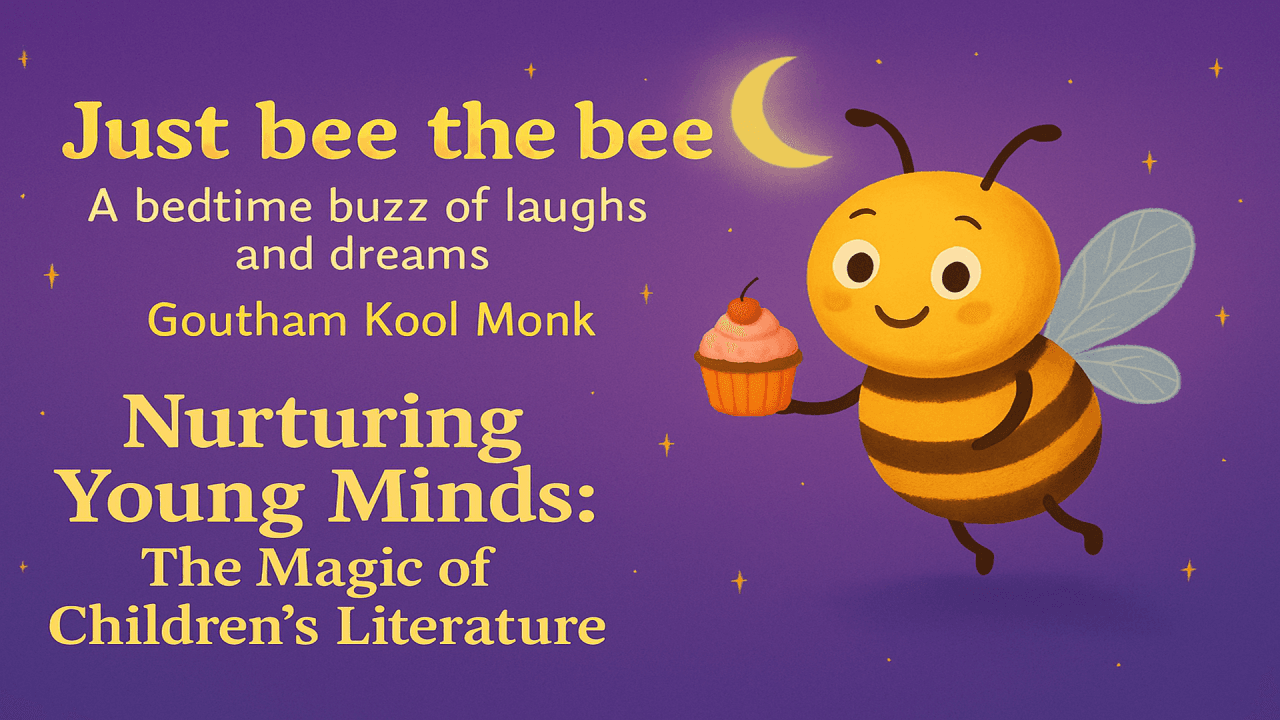Children's books hold a special place in the literary world, serving as gateways to imagination, learning, and emotional development. These carefully crafted stories do more than entertain—they shape young minds, foster creativity, and build the foundation for lifelong learning.
The Power of Picture Books
Picture books represent the first literary experiences for many children. Through vibrant illustrations paired with simple yet meaningful text, these books introduce concepts of narrative structure, character development, and visual literacy. The combination of words and images creates a rich sensory experience that helps children understand complex emotions and situations in age-appropriate ways.
Research consistently shows that early exposure to books significantly impacts language development, vocabulary expansion, and reading comprehension skills. Children who are read to regularly demonstrate better academic performance and stronger communication abilities throughout their educational journey.
Building Character Through Stories
Children's literature serves as a powerful tool for character development and moral education. Through relatable protagonists facing everyday challenges, young readers learn valuable lessons about friendship, honesty, perseverance, and empathy. These stories provide safe spaces for children to explore difficult topics and emotions while developing their understanding of right and wrong.
Many contemporary children's books tackle important social issues such as diversity, inclusion, and environmental awareness. Authors increasingly recognize their responsibility to reflect the world's complexity while maintaining the wonder and optimism essential to childhood literature.
Featured Spotlight: "Just Bee the Bee: A Bedtime Buzz of Laughs and Dreams"
Among the delightful additions to children's bedtime literature is "Just Bee the Bee: A Bedtime Buzz of Laughs and Dreams" by Goutham Kool Monk. This charming bedtime story combines humor with gentle life lessons, creating the perfect atmosphere for winding down after a busy day.
The book exemplifies the best qualities of modern children's literature: engaging storytelling, relatable characters, and meaningful messages wrapped in entertainment. Like the best bedtime stories, it offers comfort and security while sparking imagination and dreams.
The Bedtime Story Tradition
Bedtime stories hold particular significance in children's literature. These intimate reading moments create strong emotional bonds between caregivers and children while establishing positive associations with books and reading. The ritual of bedtime reading provides structure, comfort, and anticipation that many children carry into adulthood.
Effective bedtime books share common characteristics: soothing rhythms, gentle humor, reassuring themes, and satisfying conclusions that help children transition peacefully to sleep. They often explore themes of security, love, and belonging—emotions particularly important as children prepare for the vulnerability of sleep.
Encouraging Diverse Reading Experiences
Today's children's literature landscape offers unprecedented diversity in characters, settings, and storytelling styles. This variety ensures that all children can see themselves reflected in books while learning about different cultures, experiences, and perspectives.
Parents and educators should strive to provide children with a rich mix of genres: fantasy adventures that spark imagination, realistic fiction that addresses real-life situations, non-fiction books that satisfy curiosity about the world, and poetry that plays with language and rhythm.
The Digital Age and Children's Books
While digital media increasingly competes for children's attention, physical books continue to offer unique benefits. The tactile experience of turning pages, the absence of digital distractions, and the focused attention required for reading contribute to deeper engagement and better comprehension.
However, digital formats also expand access to literature, offering interactive features and reaching children who might not otherwise have access to extensive book collections. The key lies in balancing traditional and digital reading experiences to maximize benefits.
Supporting Young Readers
Creating a culture that values reading requires effort from parents, educators, and communities. Regular library visits, author events, book clubs, and reading challenges all contribute to building enthusiasm for literature. Most importantly, adults must model reading behavior and demonstrate that books are sources of joy, not just academic requirements.
The investment in children's literature pays dividends throughout life. Children who develop strong reading habits tend to become more empathetic adults, better critical thinkers, and more engaged citizens. They carry the magic of stories with them, using the lessons learned from beloved characters to navigate their own life adventures.
In our fast-paced world, children's books remind us of the power of slowing down, imagining possibilities, and finding wonder in everyday moments. Whether it's a buzzing bedtime story or an epic adventure, these books continue to shape generations of readers, one page at a time.

